
Many believe only small or inexperienced supply chains stumble. The bigger the company, the smoother the supply chain operation. However, this belief is misleading. Even the world’s most advanced supply chains can collapse under pressure. Starbucks’ supply chain did.
In 2008, Starbucks faced a perfect storm: inefficiency, skyrocketing costs, supplier confusion, and customer disappointment. Its global coffee supply chain was a liability, not an advantage. Yet, Starbucks’ supply chain didn’t just recover. It was rebuilt into a model of supply chain efficiency, innovation, and cost reduction.
Most African supply chains face rising complexity, high costs, and supplier management struggles. Many will relate to Starbucks’ supply chain challenges from 2008. This article shares how Starbucks’ supply chain transformed during the crisis and outlines lessons African supply chain professionals can apply today.
I call this practical approach the Starbucks Supply Chain Turnaround Playbook.
Starbucks Supply Chain Crisis: 2008/2009 — What Went Wrong
During the economic crisis in 2008, many companies were affected, and Starbucks was one of those companies. The company’s supply chain was underperforming, failing to meet the needs of its 16,000 branches at the time, but that wasn’t all; it was also more expensive than ever. In other words, the supply chain was a complete mess.
So what went wrong? Like any sensible board, Starbucks had carried out an investigation and the results were the following:
1. Overexpansion and Operational Inefficiency
By 2008, Starbucks served over 16,700 stores worldwide. But the company was not ready, so growth outpaced control. The company’s supply chain processes “evolved rather than grew by design.” Deliveries, missed schedules, and stockouts became routine. The cracks were visible in service quality – fewer than 50% of store deliveries were arriving on time.
At one point, stores had only a 35% chance of receiving all ordered items daily. It was inevitable when the supply chain performance collapsed.
In one alarming incident in mid-2008, a Starbucks executive emailed that “the wheels have come off the bus,” as stores in one region were running out of basic items (food, cups, even bottled water) because vendor warehouses lacked stock – and roles were so unclear that staff didn’t even know who was responsible for reordering those supplies.
2. Soaring Costs
The company wasn’t benefiting from economies of scale despite its size – costs were increasing at a “runaway rate” of about $100 million per year. The last straw was between 2007 and 2008, when the company’s supply chain costs rose from $750 million to over $825 million.
Roughly 65–70% of Starbucks’ supply chain expenses were tied to outsourced transportation, logistics, and contract manufacturing. Outsourcing the company’s logistics, which was once a no-brainer and a growth enabler, became a cost burden. Starbucks was paying premium fees to an inefficient web of third-party logistics providers.
3. Supplier Confusion and Weak Accountability
Starbucks had experienced significant growth but the supply chain struggled to keep up with demand because there was no clear accountability for stakeholders, especially the company’s suppliers. Store managers struggled to identify who ordered replenishments.
By 2008/2009, when the crisis hit the company, supplier performance metrics were either missing or ignored. Confusion created delays, missed deliveries, and customer dissatisfaction.
Read more: Why KFC’s supplier change failed in the UK.
Starbucks’ Supply Chain Response — Building a New System
For the coffee giant, such a problem in the middle of the then-financial crisis could have easily triggered the end for Starbucks. However, the leadership was not about to go down without a fight. Following the report from the investigation, Starbucks’ supply chain began taking steps to correct the direction of its supply chain and turn the situation around.
1. Leadership and Vision
Howard Schultz returned as CEO in January 2008. Starbucks’ supply chain became his top priority. Peter Gibbons was recruited to lead the overhaul. Backed by Schultz and the board, Gibbons was mandated to overhaul processes and rein in costs. The leadership made it clear that supply chain problems would no longer be tolerated or ignored.
2. Organizational Restructuring
To address the challenge of oversaturation, Starbucks decided to close over 600 underperforming stores in the United States. The move helped the company to streamline its operations and focus on its most profitable stores. It also allowed the supply chain to function much better.
Starbucks’ supply chain operations were also reorganized into four functions:
- Plan — Demand planning, inventory, and new product launch planning.
- Source — Procurement of coffee and all other goods.
- Make — Manufacturing and roasting.
- Deliver — Logistics, distribution, and store delivery.
This restructuring eliminated overlap. Each function had clear roles, responsibilities, and performance expectations.
3. Operational Improvements
The economy was in crisis, and there were rising costs of essential and non-essential ingredients. To improve efficiency, Starbucks worked to innovate its supply chain operations and implement a robust system that constantly reviewed the supply chain’s performance.
The operational improvements were the birth of that
Cost Analysis and Supplier Renegotiation
- Broke down costs to understand drivers.
- Renegotiated supplier contracts and agreements for better terms.
Reducing Outsourcing and Logistics Simplification
- Cut down third-party logistics partners.
- Selected high-performing logistics providers.
- Introduced weekly supplier scorecards measuring delivery, accuracy, and cost.
Investing in Capacity and Technology
- Opened a new roasting plant in South Carolina.
- Increased in-house manufacturing.
- Improved technology for planning and performance monitoring.
4. Performance Culture
Starbucks’ supply chain was not going to let poor supply chain performance impact the company’s operations ever again. So the leadership introduced clear KPIs that will serve as a tracking system alerting them in the futute of a slacking operation.
Some of the KPIs included:
- On-time delivery.
- Cost per pound.
- Fill rates.
- Productivity and safety.
Read more: How Coca-Cola’s supply chain is using tech to drive efficiency.
Results — The Starbucks Supply Chain Turnaround
Improving the company’s standing by focusing on the supply chain operations proved to be a great strategy. The results?
- Cost Savings: Starbucks’ supply chain saved over $500 million within two years. Supply chain cost reduction became a permanent part of Starbucks’ business model.
- Service Recovery: On-time deliveries rose from below 50% to 90%. Stockouts have reduced dramatically. Stores regained confidence in the supply chain. Customers noticed the improved consistency.
- Increased Efficiency and Agility: Processes were simplified. Decision-making became faster. Starbucks’ supply chain could now respond to market shifts without delays or excess cost.
- Strengthened Supplier Relationships: Fewer suppliers meant deeper partnerships. Clear expectations improved accountability and service.
Lessons for African Supply Chains
The story of Starbucks’ supply chain challenges and triumphs holds several lessons for African supply chains. Some of these include:
- Build Strength Before Growth: Do not scale operations until planning, sourcing, and delivery processes work smoothly. Growth amplifies weak processes and exposes operations to downtimes. Solidify before expanding.
- Clarify Responsibilities: Adopt the Plan-Source-Make-Deliver structure or a similar clear model. Avoid overlapping duties.
- Analyze Costs Regularly: Break down supplier and logistics costs. Use data to negotiate better terms. Cost control is an ongoing discipline.
- Balance Outsourcing with Oversight: Outsourcing can improve flexibility, but it must include strong oversight. Fewer, better partners often outperform many loosely managed ones.
- Invest in People and Technology: Hire or train supply chain talent. Use simple but effective tech for planning and tracking.
- Focus on Efficiency and Service: Every cost-saving measure should preserve or enhance service. Efficiency and customer satisfaction can go together.
Read more: How GlaxoSmithKline’s Supply Chain Tackled Complex Distribution in Zambia.
Applying Starbucks Supply Chain Lessons in Africa
- Start with Pilot Programs: Test supplier scorecards with key vendors. Identify quick wins.
- Review and Renegotiate Contracts: Look for cost-saving opportunities. Consider consolidating supplier bases where possible.
- Simplify Processes: Map supply chain workflows. Eliminate unnecessary steps or intermediaries.
- Build Strategic Partnerships: Select and develop suppliers willing to collaborate. Share demand forecasts. Solve problems together.
- Train Supply Chain Teams: Basic disciplines in inventory management, forecasting, and logistics coordination will pay long-term dividends.
- Adopt Simple Tech Solutions: Use SMS tracking, mobile inventory tools, or simple ERP systems suited to regional needs.
The Starbucks Supply Chain Turnaround Playbook
Starbucks’ supply chain challenges from 2008/2009 mirror the challenges many African supply chains face today: uncontrolled costs, poor supplier management, unreliable service. However, in the same vein, Starbucks recovery proves these are solvable.
Through leadership, restructuring, performance tracking, cost control, and partnerships, Starbucks made sure its supply chain became a competitive strength. African supply chains can adopt the same principles, scaled to fit their size and industry.
Strong supply chains create strong businesses and thus bigger and better economies. Weak supply chains erode all of that. Starbucks’ supply chain proves that even a crisis can become a launchpad for lasting improvement.

Obinabo Tochukwu Tabansi is a supply chain digital writer (Content writer & Ghostwriter) helping professionals and business owners across Africa learn from real-world supply chain wins and setbacks and apply proven strategies to their own operations. He also crafts social content for logistics and supply chain companies, turning their solutions and insights into engaging posts that drive visibility and trust.


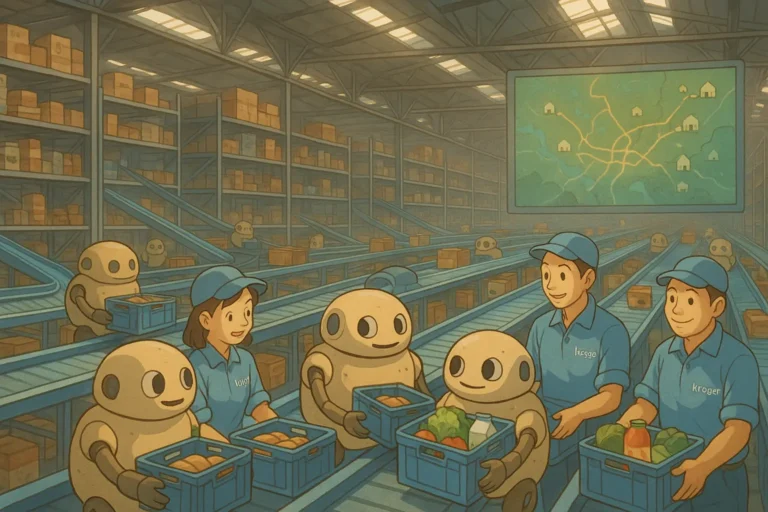
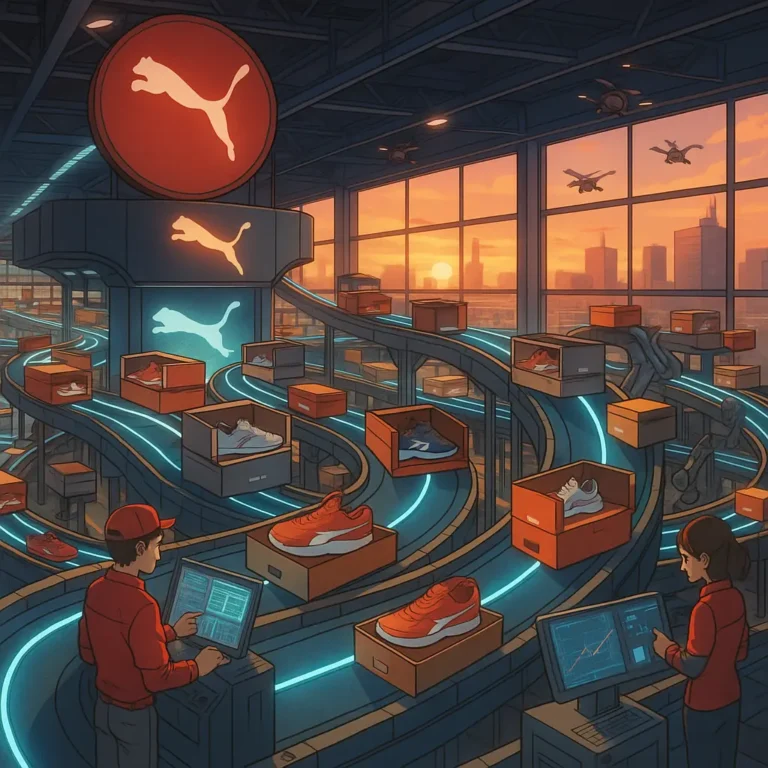
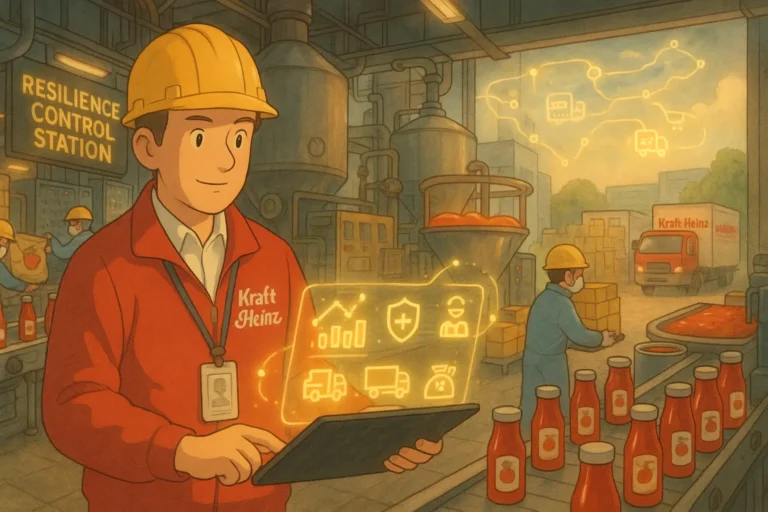

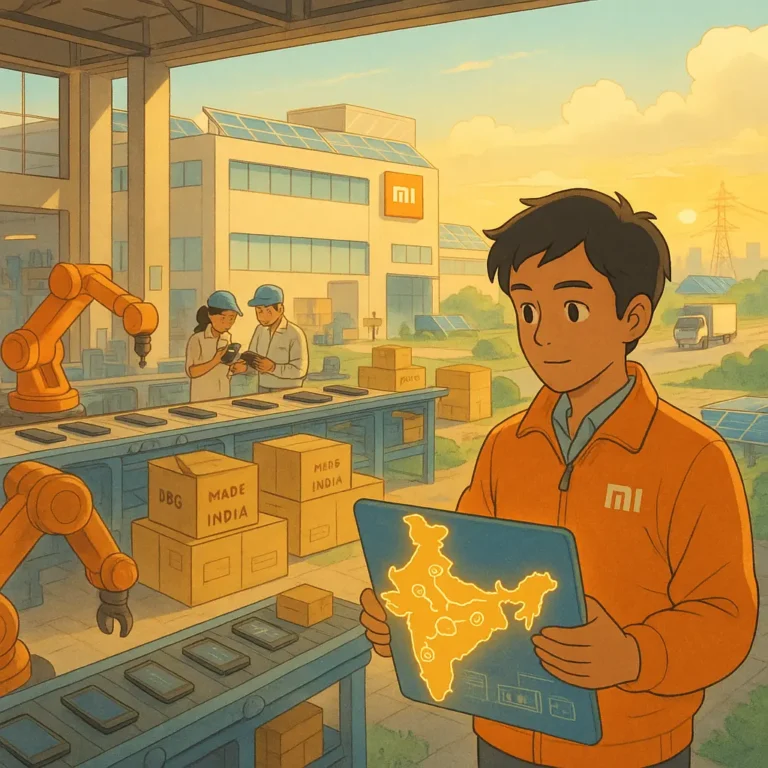
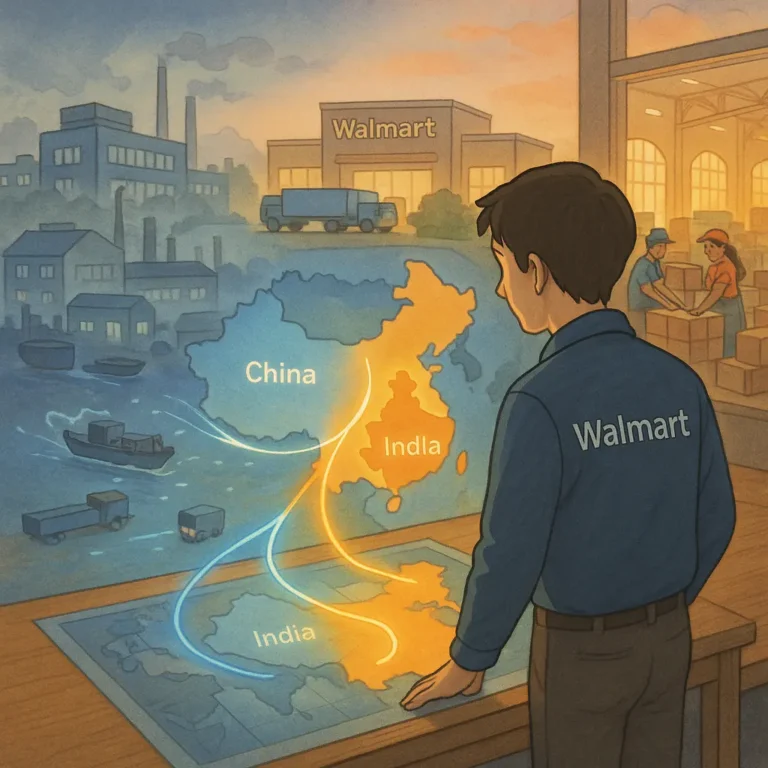

Great article
Greetings! Very elpful advic in this particular article!
It is thee little changes that will makke thhe moet signifficant
changes. Tanks for sharing!
Why isitors still make usse oof too read nesws papers wwhen iin this technllogical globve all iis presented on web?
Great post.
Dear Website Owner,
I hope this email finds you well. I recently discovered your website and was impressed by the quality of your content and the helpful information you offer to your audience. In light of this, I would like to propose a backlink exchange that could benefit both our websites.
My website, https://m.cheapestdigitalbooks.com/, is focused on providing affordable digital books to readers around the world. We currently have a strong online presence with a Domain Authority (DA) of 13, a Page Authority (PA) of 52, and a Domain Rating (DR) of 78. Our website features 252K backlinks, with 95% of them being dofollow, and has established connections with 5.3K linking websites, with 23% of these being dofollow links.
I believe that a mutually beneficial backlink exchange could be of great value for both of our websites, as it may lead to an increase in website authority and improve our search engine rankings. In this collaboration, I am willing to add backlinks from my website using your desired keywords and anchor texts. In return, I would be grateful if you could include backlinks with my desired keywords and anchor texts on your website.
I kindly request that you visit my website, https://m.cheapestdigitalbooks.com/, to get a sense of the potential benefits this partnership could bring to your site. I am confident that this collaboration will provide a win-win situation for both parties, and I look forward to learning more about your thoughts on this proposal.
Thank you for considering my offer. I am excited about the potential growth this partnership may bring to our websites and am eager to discuss the details further. Please do not hesitate to reach out to me at your convenience.
Best regards,
David E. Smith
Email: david@cheapestdigitalbooks.com
Address: 3367 Hood Avenue, San Diego, CA 92117